An 83-year-old woman from South Carolina was hospitalized following a visit to Yellowstone National Park this past weekend. According to the National Park Service, the woman was exploring near the Storm Point Trail at Yellowstone Lake when a bison, “defending its space,” charged her. The bison gored her and lifted her about a foot off the ground.
Incident Details

The woman sustained serious injuries and was taken immediately to Lake Medical Clinic. From there, she was flown by helicopter to Eastern Idaho Regional Medical Center. As of now, the woman’s condition remains unknown, and the incident is under investigation.
Bison Attacks in Yellowstone
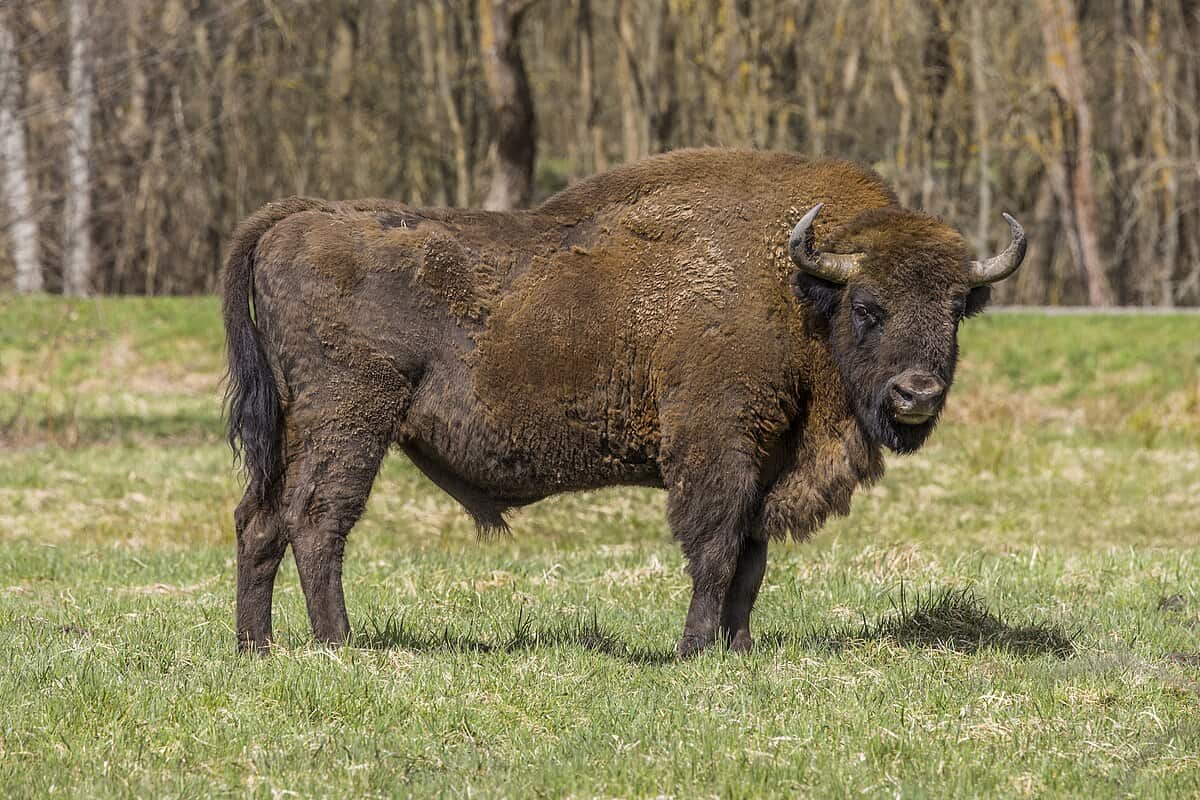
This incident is not an isolated case. Yellowstone National Park has experienced a number of bison attacks in recent years. In fact, bison are the leading cause of animal-related injuries in the park. Most of these encounters occur because visitors get too close to the animals.
Safety Guidelines for Visitors
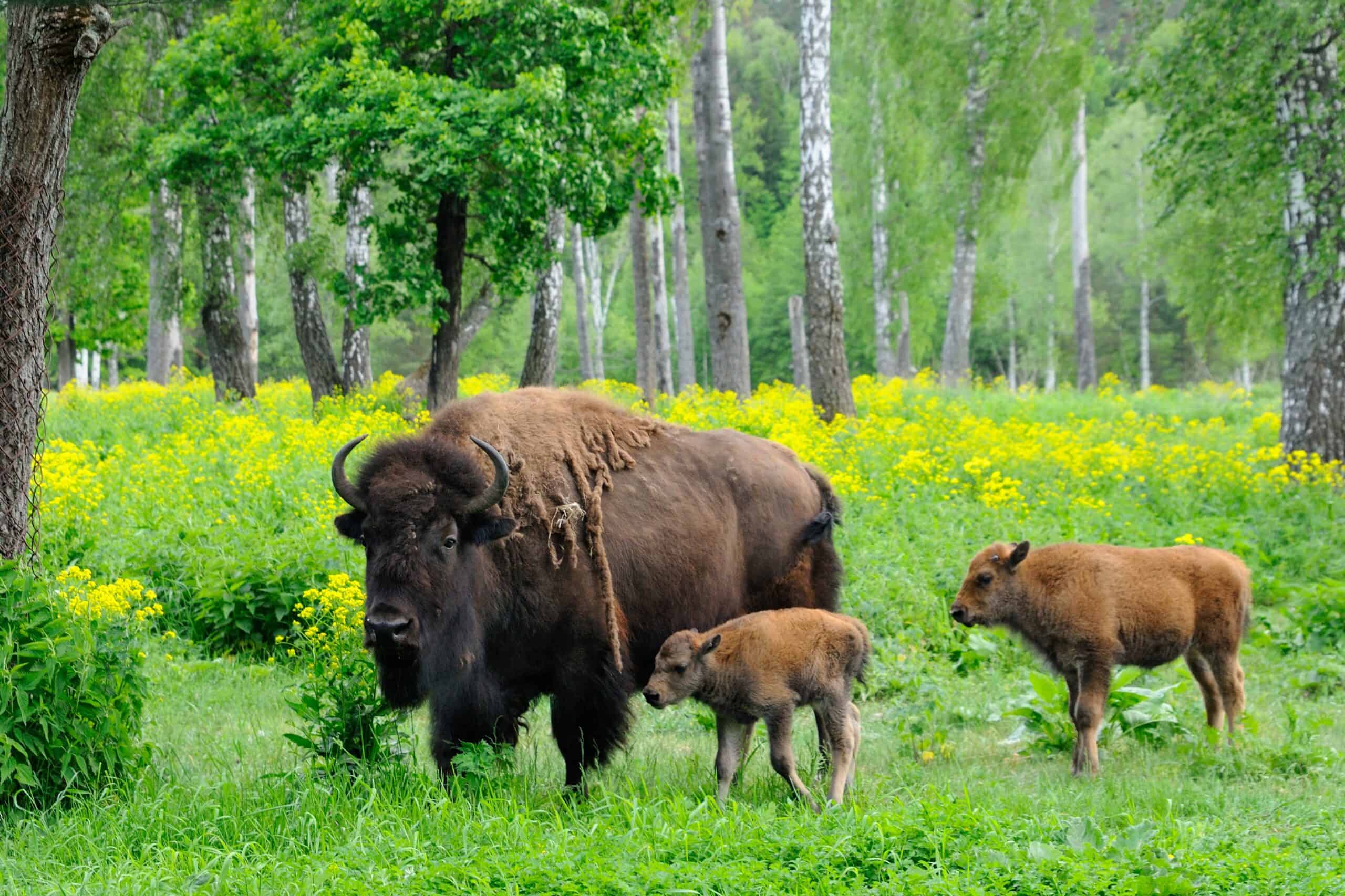
The park authorities emphasize the importance of maintaining a safe distance from wildlife. Visitors are advised to stay more than 25 yards (75 feet) away from all large animals, including bison, elk, bighorn sheep, deer, moose, and coyotes. For bears and wolves, a distance of at least 100 yards is recommended.
Understanding Bison Behavior
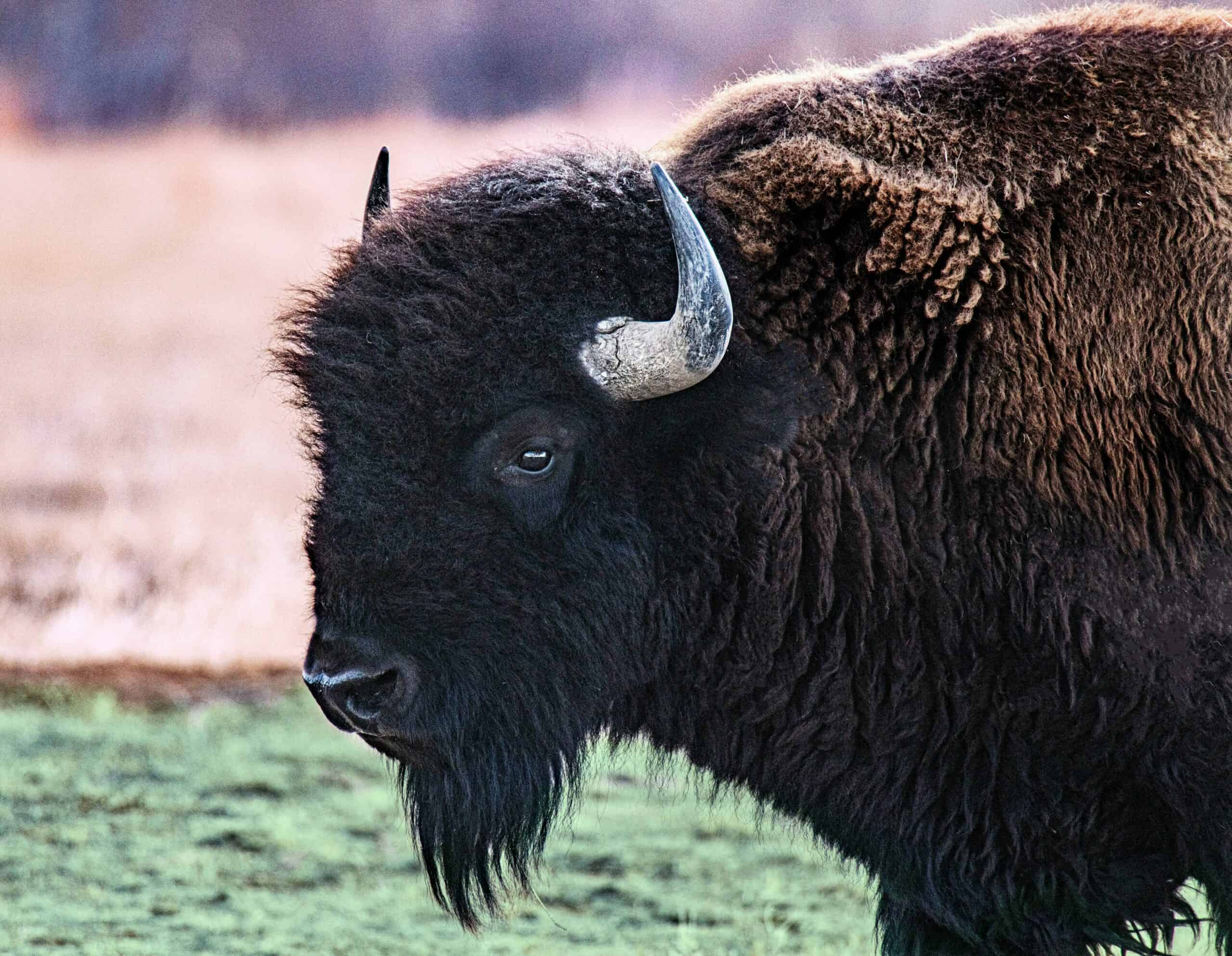
While bison are generally docile, they can become aggressive if they feel threatened. Given their massive size, with some weighing up to 2,000 pounds, an aggressive bison can inflict serious and life-threatening injuries. Additionally, bison can run nearly three times faster than the average human, making it crucial for visitors to respect their space.
A Reminder to Stay Safe

This incident serves as a stark reminder of the potential dangers of wildlife encounters in national parks. Visitors should always heed park guidelines and maintain a safe distance from all animals to ensure their own safety and that of the wildlife.
1. What is the average weight of an adult bison?

An adult bison can weigh between 1,000 to 2,000 pounds, with males typically being larger than females.
2. How fast can a bison run?
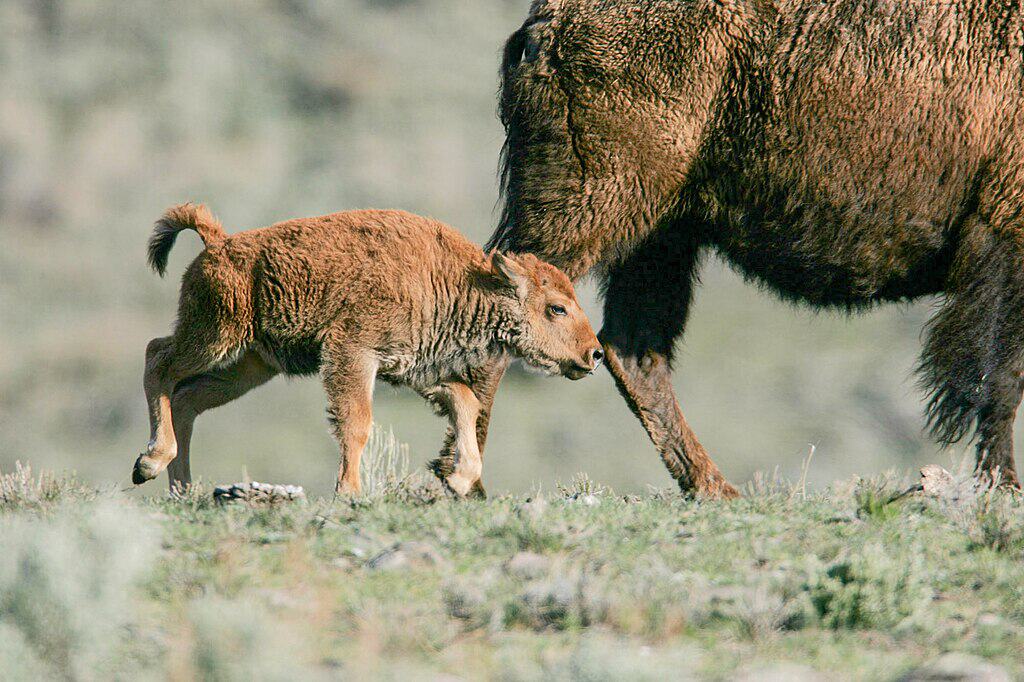
Bison can run at speeds of up to 35 miles per hour, which is nearly three times faster than the average human.
3. What do bison primarily eat?
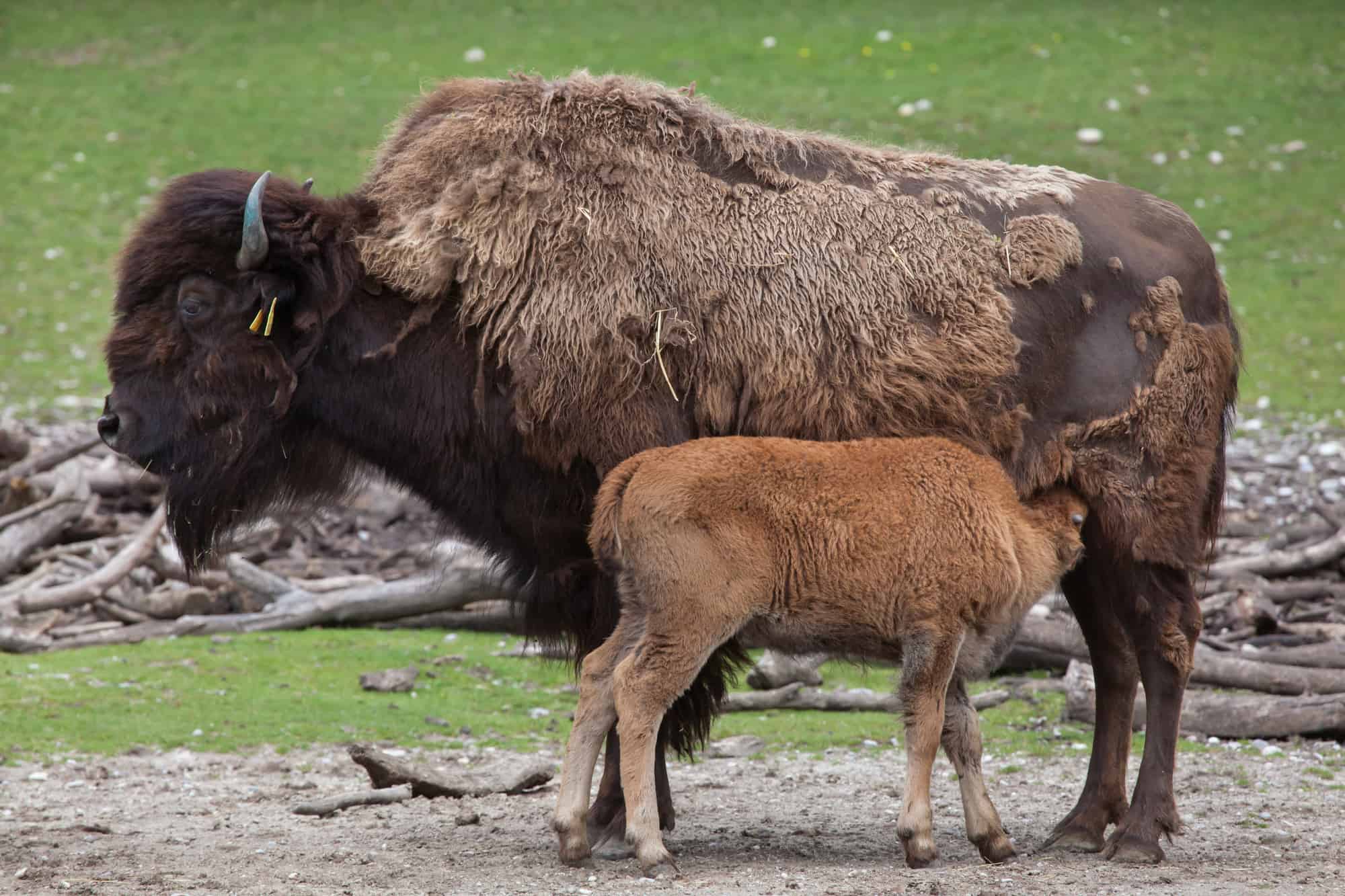
Bison are herbivores and primarily graze on grasses, but they also eat plants, herbs, shrubs, and twigs.
4. How long can bison live?

Bison can live up to 20 years in the wild, though their lifespan can be shorter due to predation and environmental factors.
5. Are bison and buffalo the same animal?

No, bison and buffalo are different species. Bison are native to North America and parts of Europe, while buffalo are found in Africa and Asia.
6. How large can a bison herd get?

Bison herds can range in size from a few individuals to several hundred, especially during the migration and breeding seasons.
7. What time of year do bison breed?
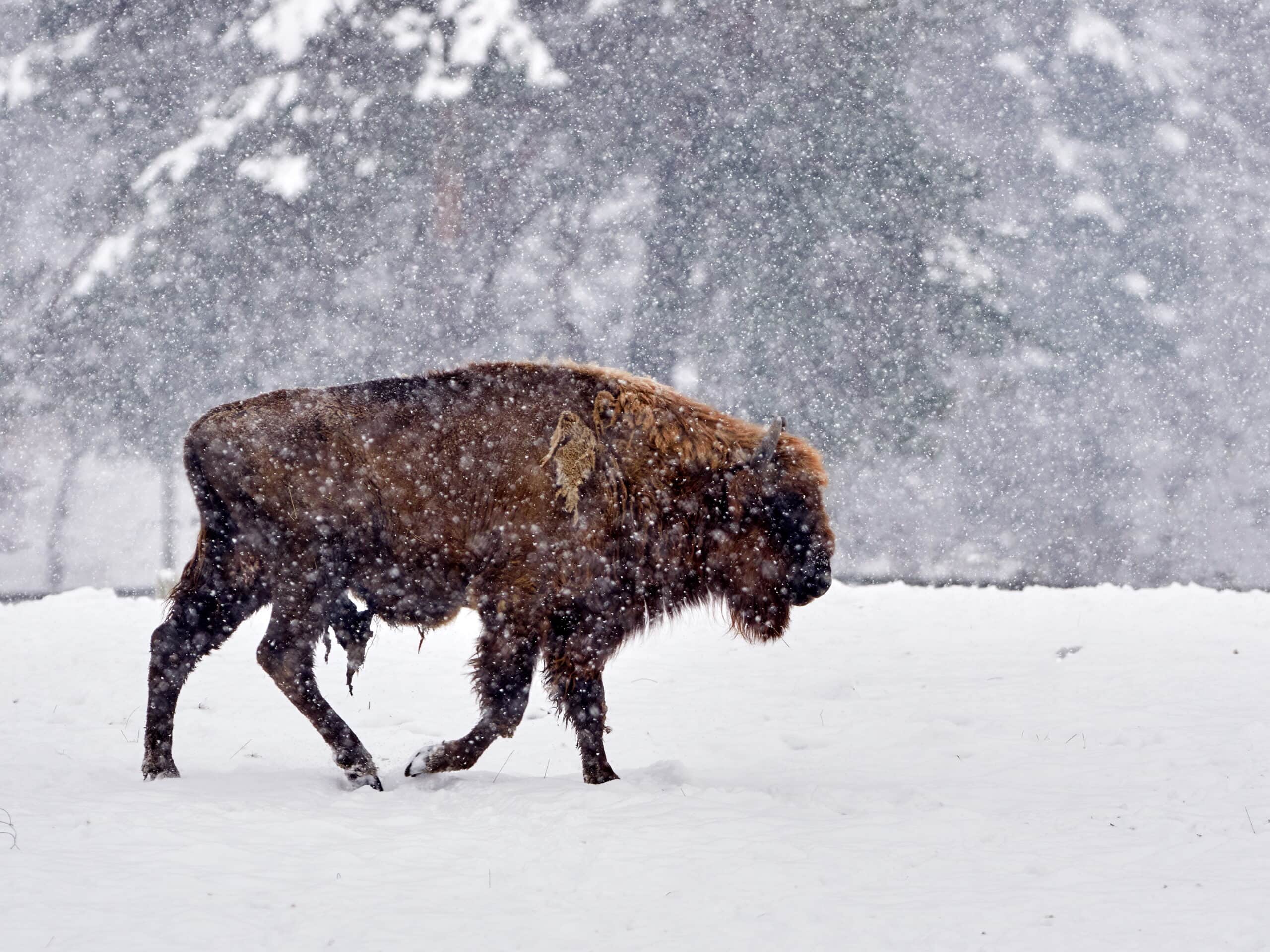
Bison typically breed in late summer, with calves being born in the spring after a gestation period of about 9 months.
8. Do bison have any natural predators?
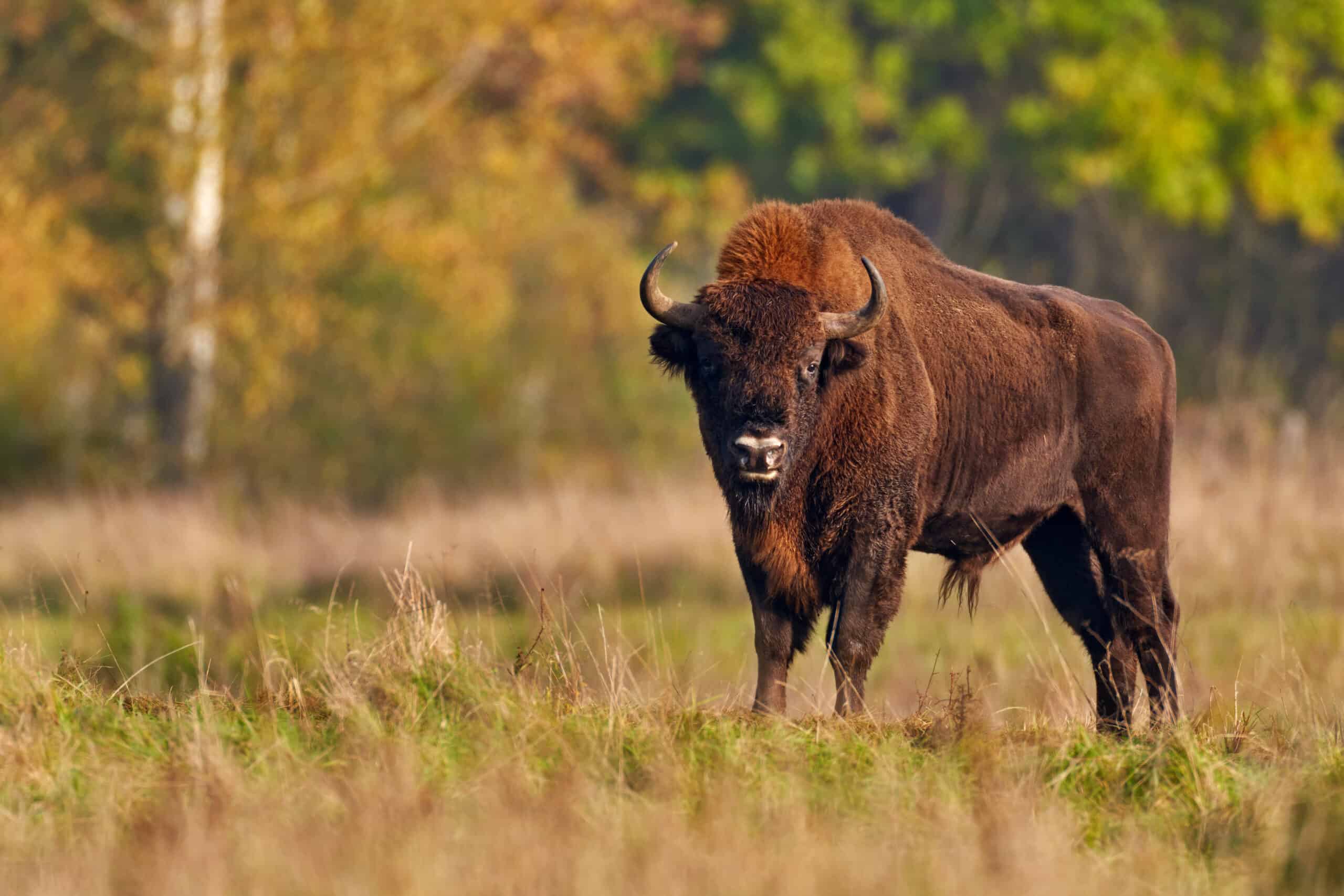
Yes, bison calves can fall prey to wolves and grizzly bears, while adult bison have few natural predators due to their size.
9. How do bison communicate?

Bison communicate through grunts, snorts, and body language. They use vocalizations to express alarm, aggression, or to call to their young.
10. Are bison an endangered species?

Bison were once near extinction due to overhunting, but conservation efforts have helped their populations recover. They are not currently classified as endangered, though some subspecies are considered at risk.
- Animals and Wildlife in the Bahamas - October 20, 2024
- Discover the Fascinating World of Long-Neck Dinosaurs - October 20, 2024
- Jurassic World Dominion Dinosaurs - October 20, 2024


